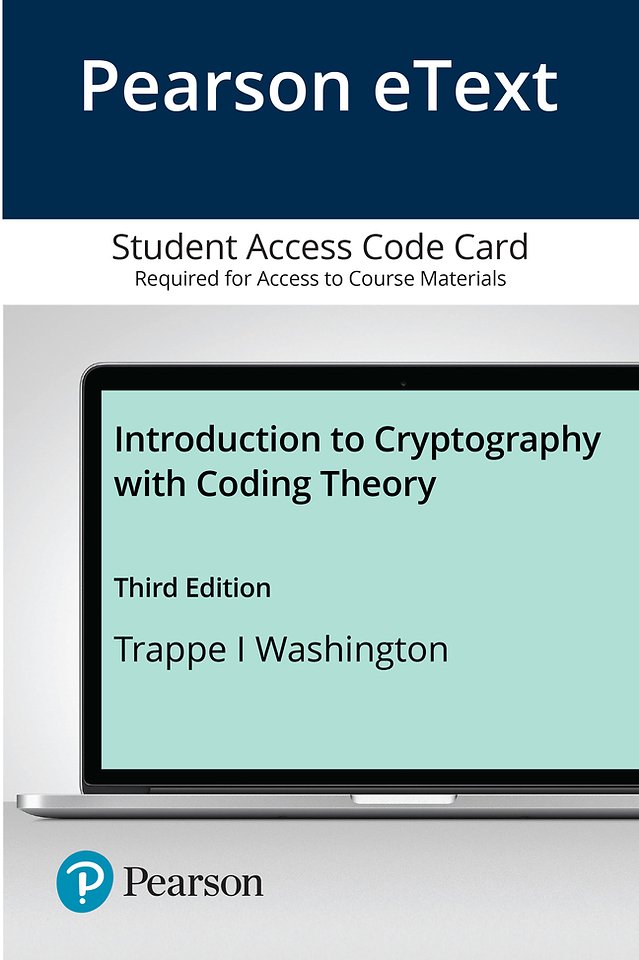In the world of cryptography, a perennial debate lurks beneath the surface, much like a concealed treasure waiting for the clever adventurer to unearth it. Is cryptography fundamentally an exercise in coding, or does it dwell more in the realm of theory? To address this conundrum, we must delve into the intricate interplay between these two aspects, each vital in its own right. The melding of coding and theory in cryptography offers a captivating narrative that unfurls through the exploration of mathematical rigor, algorithmic innovation, and the real-world applications that stem from them.
Firstly, one must acknowledge the foundational role of theory in the domain of cryptography. Theoretical frameworks form the bedrock upon which encryption methods are constructed. At the heart of this theoretical landscape lies pure mathematics, replete with concepts such as number theory, probability, and combinatorics, all serving as the building blocks for encryption algorithms. Within this domain, mathematicians dissect complex problems, unraveling properties of numbers and exploring possible configurations that offer security assurance. This theoretical underbelly provides the essential guidelines that ensure any created scheme can withstand the test of time against cryptanalysis — the art of decoding previously hidden information.
For instance, consider the RSA algorithm, a giant in the cryptographic field. It is fundamentally reliant upon the mathematical properties of prime numbers. The theoretical foundation ensures that factoring the product of two large prime numbers is computationally infeasible, making unauthorized data decryption virtually impossible under classical computing paradigms. Herein lies a salient point: without this theoretical underpinning, the coding that encapsulates and utilizes these principles would lack the robustness necessary for practical implementation.
However, to assert that cryptography is solely rooted in theory would be to overlook the vibrant realm of coding — the tangible manifestation of theoretical constructs. Coding, in many respects, brings life to the abstract ideas theorists explore. It is the process by which these mathematical principles are transmuted into algorithms that can be employed within software and hardware systems. This transition from theory to practice is akin to an artist painting a canvas, where the aesthetic vision is grounded within the palette of mathematical concepts, yet the executed brushstrokes denote a tangible piece of art.
Programming languages such as Python, C++, and Java provide the tools for cryptographers to instantiate their theories into executable code. The development of libraries and frameworks allows for the creation of robust encryption protocols and ensures that these protocols can be efficiently deployed in varied scenarios. Such is the beauty of coding; it enables semi-colons and brackets to govern the security of financial transactions, personal communications, and national defense mechanisms with equal efficacy.
An essential dichotomy exists in the interplay between coding and theory; one might characterize it as a delicate dance. On one hand, the constraints and nuances of coding can often perpetuate challenges that feed back into theoretical developments. A particular algorithm may exhibit inefficiencies when subjected to a real-world application, prompting theoreticians to reevaluate and refine their underlying theories. This iterative cycle feeds innovation — a hallmark of cryptographic evolution. Cryptography thrives on the synergy between coding and theory, each nurturing the other in a continuous loop of reformulation and advancement.
In contemporary practice, we witness a myriad of protocols that exemplify this symbiotic relationship. Take, for example, the Advanced Encryption Standard (AES). Its formulation required a solid grounding in theoretical cryptographic design principles, yet its adoption hinged on coding that allowed for efficient implementation across diverse platforms. This protocol has become a de facto standard, underpinning secure communications globally. Its existence is a testament to the profound necessity of bridging the theoretical gap with effective coding practices.
Moreover, as we traverse deeper into the digital age, the emergence of quantum computing threatens to realign the landscape of cryptography. Here lies an intriguing intersection of coding and theory. Quantum algorithms, such as Shor’s algorithm, prompt a reevaluation of established encryption methods, shedding light on the vulnerabilities that may arise. This exigency necessitates novel theoretical frameworks to devise quantum-resistant algorithms, emphasizing the enduring value of theoretical exploration even in the face of disruptive technologies.
To distill the essence of cryptography, one must appreciate that it is not an abstract theory nor a mere exercise in coding; it is a sophisticated amalgamation of both. Each component works synergistically to produce reliable and secure methods for safeguarding information. To ask whether cryptography is mostly coding or mostly theory is akin to inquiring if a symphony leans more toward the strings or the brass. The true beauty lies in the harmony between all elements — the rhythms of coding enlivening the theoretical melodies.
In conclusion, the exploration of cryptography as a field reveals a rich tapestry woven from threads of profound theory and pragmatic coding. As technological advancements continue to unfold, the need for innovative thinking in both areas remains paramount. Whether through the lens of complex mathematical problem-solving or the meticulous craft of programming, the story of cryptography is an ongoing narrative of curiosity, resilience, and evolution. Each cryptographic breakthrough heralds new questions and challenges, ensuring that the dialogue between theory and coding continues to flourish.








Leave a Comment